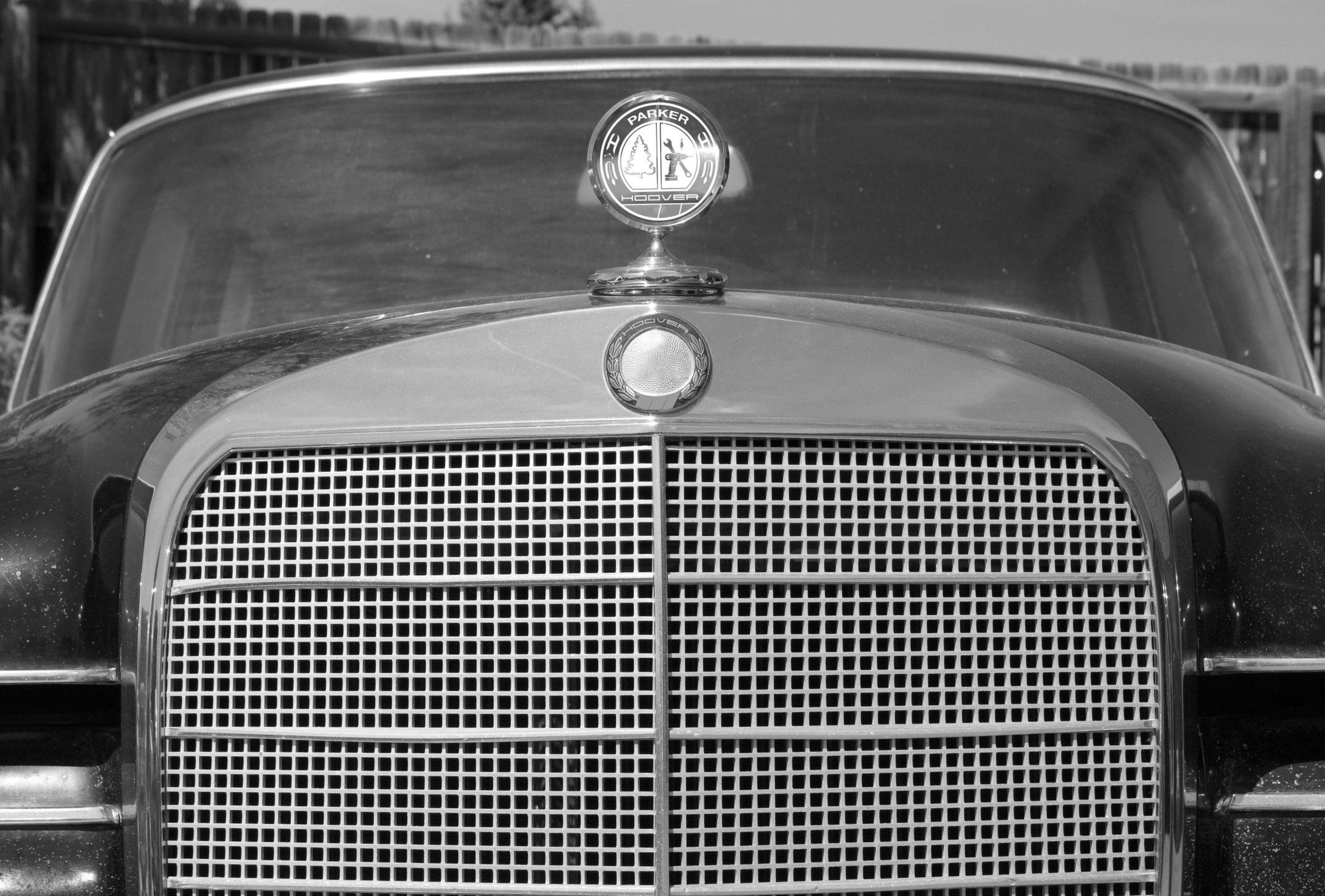
Get to know your Mercedes a little more.
What do the letters and numbers mean?
Badging
C - Compact, Coupe
D - Diesel
E - Einsprizen (Fuel Injected), Executive
G - Geländewagen (SUV)
K - Kompressor (Supercharged), Kurtz (Short)
L - Leicht (Light), Lang (Long-wheelbase)
R - Rennsport (Racing)
S - Sonderklasse (Special Class), Sport
T - Touring, Turbo
Numbers
Depending on the year the numbers can mean different things. Traditionally the numbers indicate the engine size, so a 300 has a 3.0L engine, and a 500 has a 5.0L engine, so on and so forth. This is also the case for AMG models. As mentioned there are exceptions to this, as more recently the numbers have changed to mean the trim level of the vehicle. The higher the number, the higher the trim.
Additional Badging
4Matic - The vehicle is equipped with all-wheel-drive
AMG - Aufrecht Melcher Großaspach (Performance Models)
Bluetec - Diesel motor with selective catalytic reduction exhaust aftertreatment
BlueEfficiency - Special fuel-economy features such as direct injection, start-stop system, aerodynamic modifications, etc…
CGI - Charged Gasoline Injection
CDI - Common-rail Direct Injection
Hybrid - Gasoline/Diesel-electric hybrid
NGT - Natural Gas Technology
Kompressor - Supercharged motor
Turbo - Turbocharged (only used on A-, B- and GLK-Class models)
Chassis Lettering
A - Cabriolet, used for Convertibles. Must have folding soft-top
C - Coupe, used for coupes. Must have a fixed hardtop
R - Roadster, used for 2-seater vehicles with a removable or foldable hardtop
S - Estate, used for station wagons
V - Limousine, used for long wheelbase sedans
W - Wagen, used for sedans and SUVs
X - SUV, used for SUVs that are designed from an already existing platform
Z - Speedster, used for roadsters without a roof
Innovations
Mercedes-Benz has been a constant leader in innovation that push the boundaries of what is possible in the automotive world. Here are some of their achievements:
1885 - Patent-Motorwagen - the first car.
1885 - Petroleum Reitwagen/Einspur - the first motorcycle.
1885 - Float carburetor.
1888 - Brake shoes.
1893 - Spray-nozzle carburetor.
1901 - Honeycomb radiator.
1906 - Electric-powered (hybrid) car.
1909 - First diesel engine for automotive application.
1910 - Multivalve engine.
1921 - Supercharged engine.
1924 - Brakes on all four wheels.
1949 - Conical-pin door lock.
1951 - The crumple zone.
1955 - First car with fuel injection.
1958- The crash test program.
1972 - Soft steering wheel.
1973 - The offset-frontal crash test.
1978 - Anti-lock braking system.
1981 - Supplemental restraint system (airbags and belt tensioner).
1982 - Multi-link suspension.
1986 - Self-driving car.
1987 - Traction control system.
1991 - CFC-free climate control.
1991 - Double-glazing on windows.
1991 - Soft-closing doors.
1995 - Electronic stability program.
1998 - Smart key.
1998 - Radar-guided cruise control.
2013 - Pre-safe.
